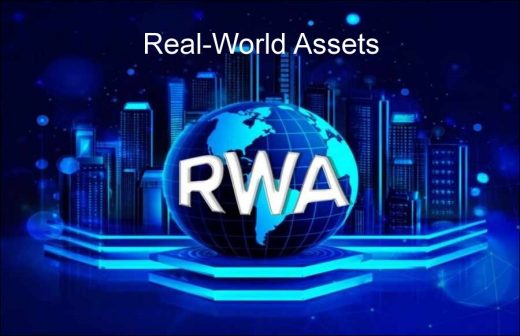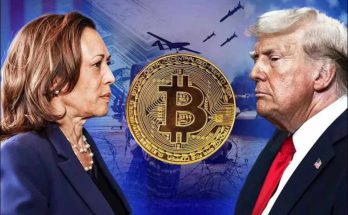Real World Assets (RWA) in crypto refers to the tokenization of tangible assets that exist in the physical world, that are brought on chain. This includes the growing issuance of capital market products on-chain, where digital securities are tokenized and offered to retail customers. Examples of these include real-estate, art, commodities, and even stocks that users can purchase through permissioned platforms.
One of the earliest forms of RWAs exist in the form of stablecoins. The existence of stablecoins as a tokenized version of fiat currencies allowed for a stable unit of exchange in a volatile environment. Since 2014, firms such as Tether and Circle have issued tokenized stable assets that are backed by real-world collateral such as bank deposits, short-term notes, and even physical gold.
In 2021 and 2022, the emergence of private credit markets through uncollateralized lending platforms such as Maple, Goldfinch and Clearpool allowed established institutions to borrow funds based on their creditworthiness. However, these protocols were affected by the collapse of Luna, 3AC and FTX, and experienced significant defaults.
As DeFi yields cratered in 2023, tokenized treasuries saw explosive growth as users flocked for exposure to rising US T-bill rates. Providers such as Ondo Finance, Franklin Templeton and OpenEden saw massive inflows as the TVL of tokenized treasuries surged by 641% from $114M in January 2023 to $845M by year’s end.
Views: 118



